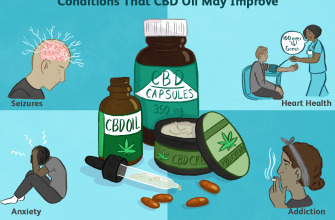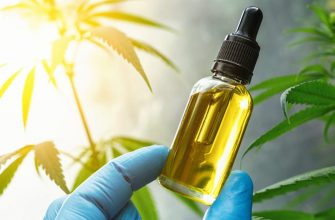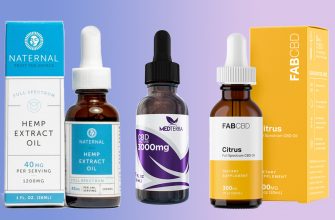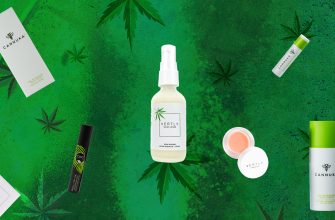In the Soviet Union, hemp was an agricultural crop and played the same role in the country’s budget, as now oil and gas. This status is confirmed by the Friendship of Peoples fountain at VDNKh in Moscow. In the center of the fountain, next to wheat and sunflower inflorescences, are hemp leaves. But in 1937, an anti-cannabis campaign was launched in the United States, which later swept the whole world: the heads of the paper and oil refining industries saw hemp as a serious threat to their business, and gave her a “narcotic” PR.
In 1961, the Soviet Union joined the UN Convention on Narcotic Drugs, according to which hemp was recognized as a dangerous drug. Cannabis crops began to be destroyed everywhere, and the governments of many countries simply banned its cultivation.
In parallel, the selection of technical varieties of hemp with a low content of psychoactive substances began to actively develop. After all, in addition to the narcotic component, hemp has many useful qualities. It is unpretentious – pesticides and herbicides are not required for cultivation. The root, stem, inflorescences, fruits are not only not dangerous, but also useful for humans. An entire industry has sprung up around this culture.
There are currently more than 200 businesses worldwide growing, researching and processing hemp. Demand for hemp products has contributed to the increase in acreage in Europe, and the number of enterprises making various products from hemp is growing.
Leaders in the production of hemp products: China, France, Germany, Hungary, Italy, Asia and Latin America.





